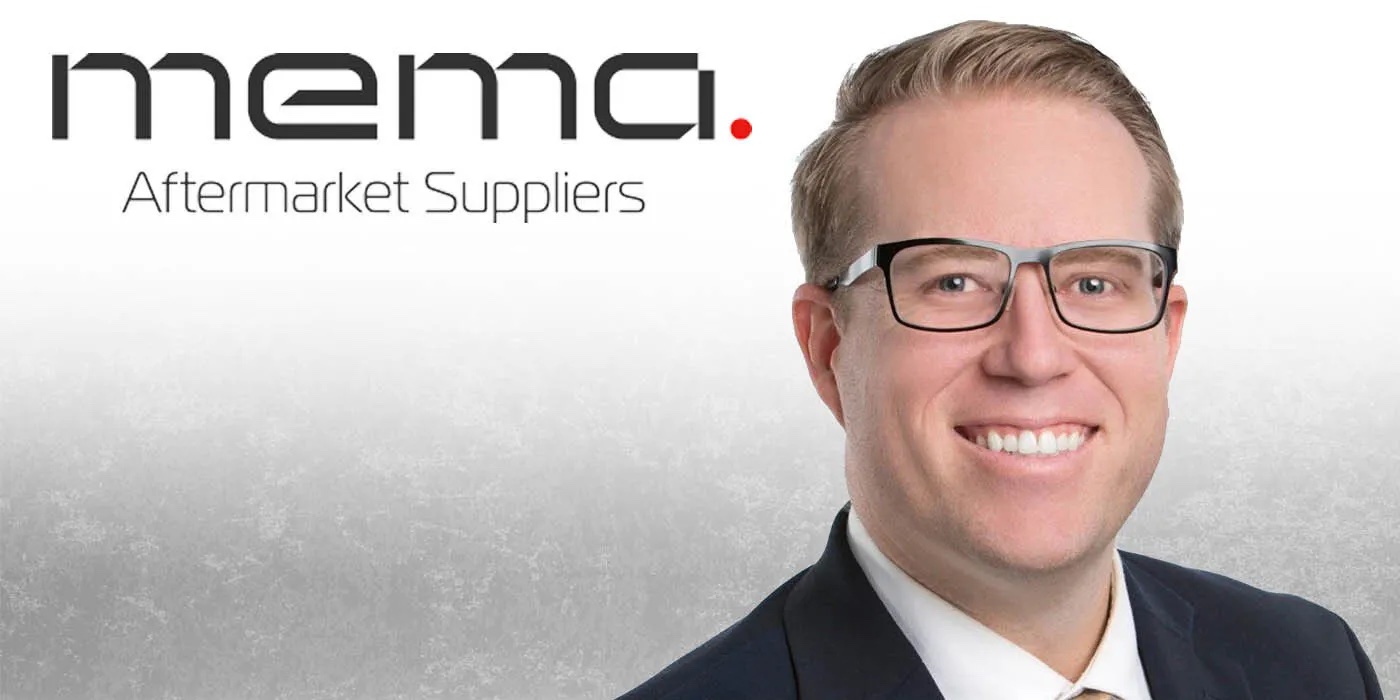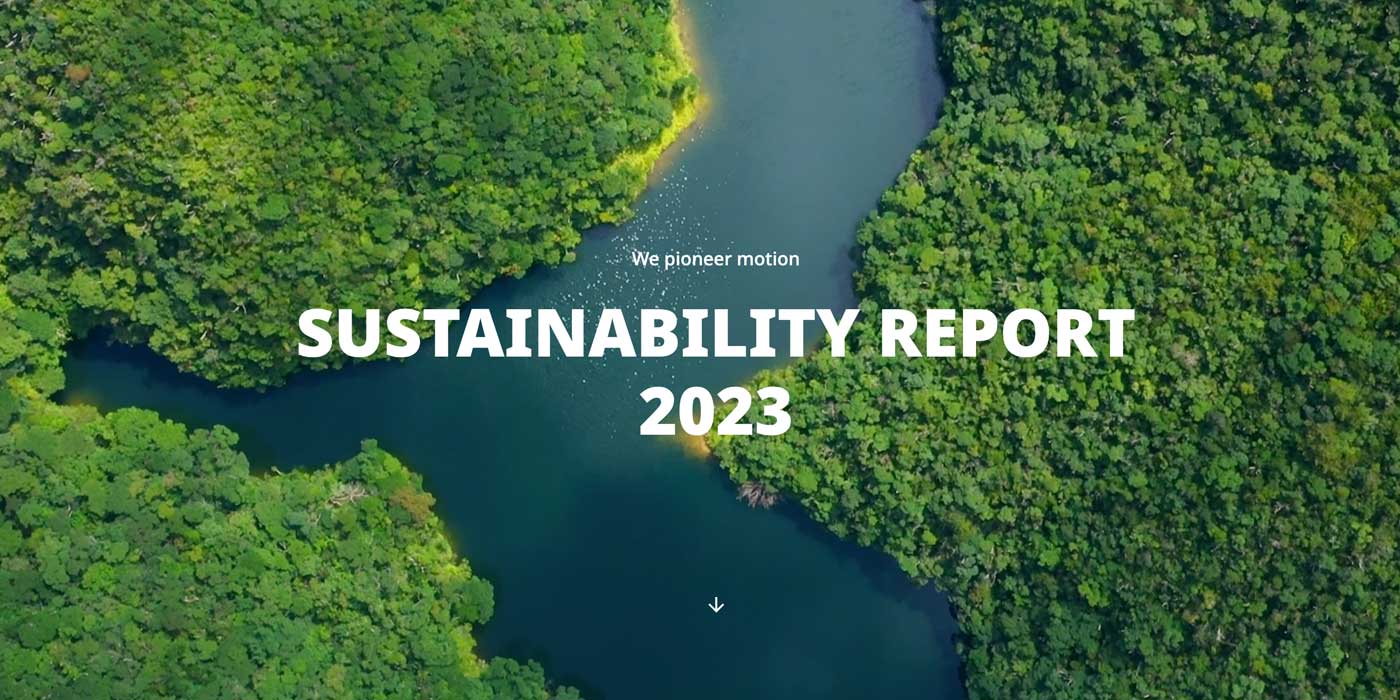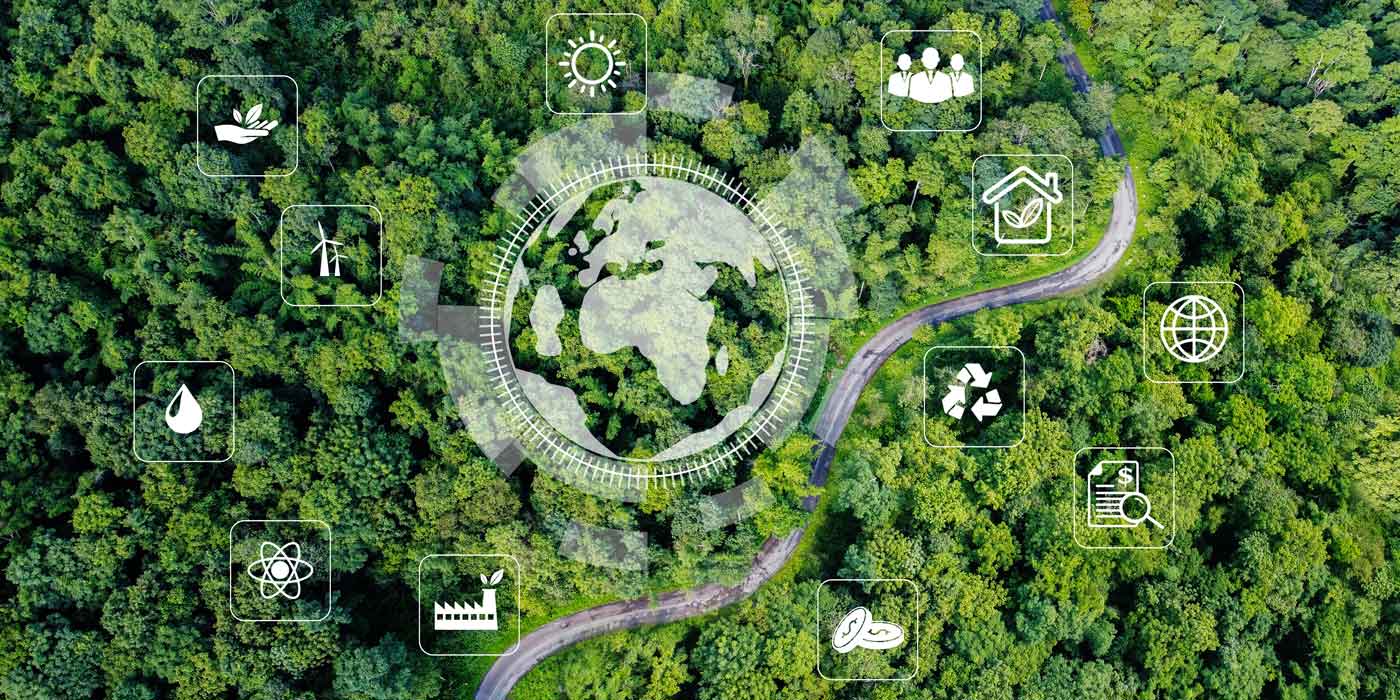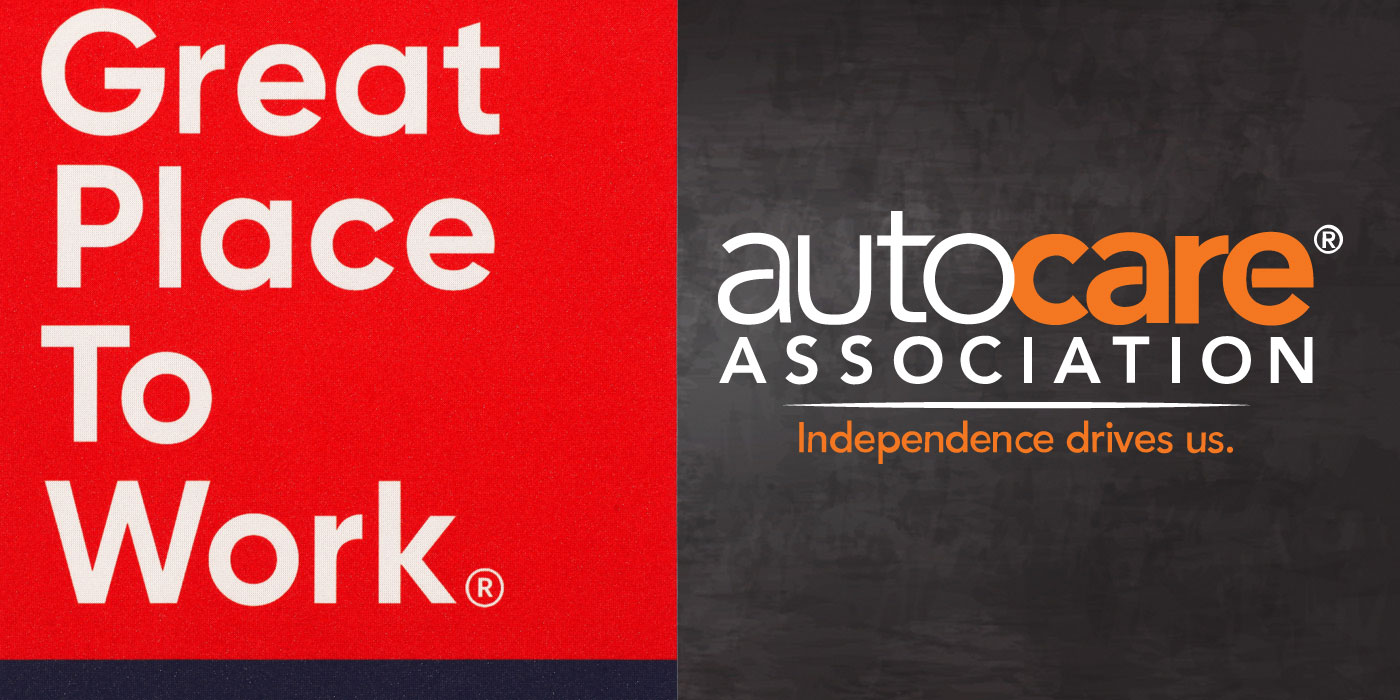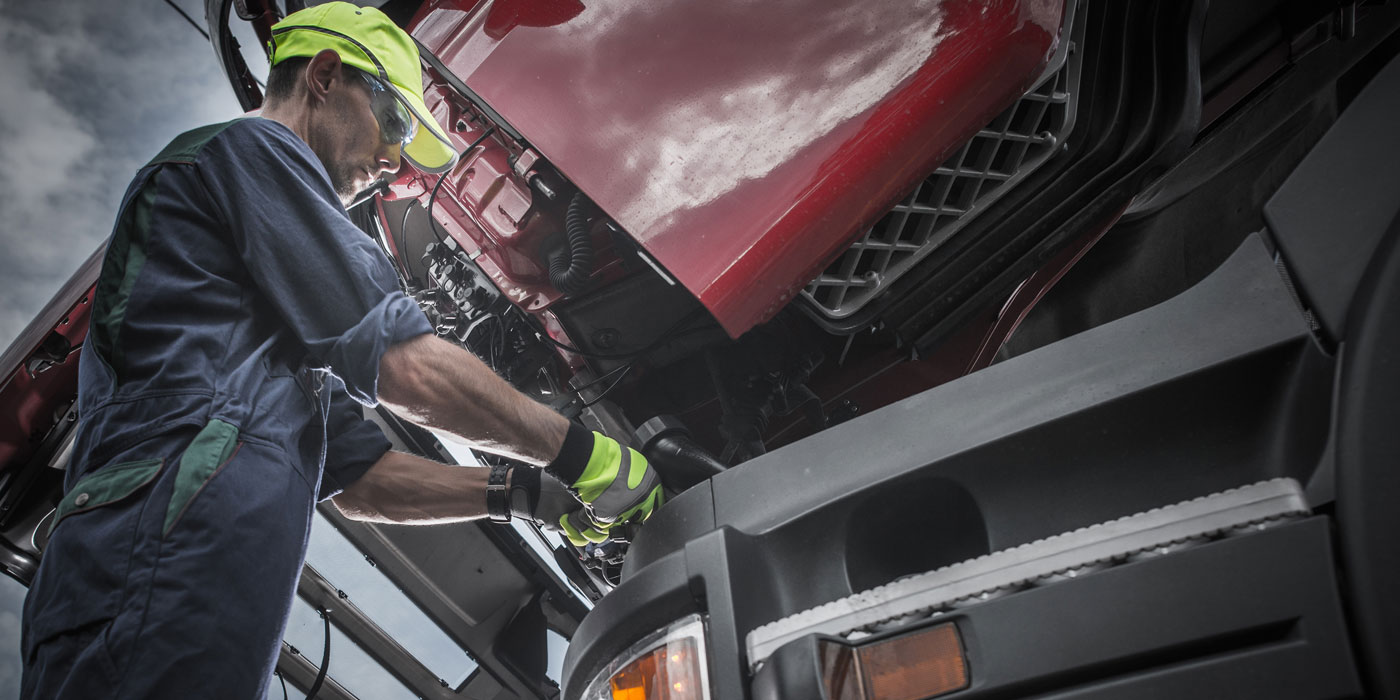By Joel Schroeder, Inmarsat

Nearly everything is connected these days. It seems there isn’t an appliance or device in which a developer isn’t looking to stick in a sensor and make it smart. From home thermostats to washing machines, ubiquitous connectivity is making it possible for consumers to control these devices with smartphones and tablets, while product manufacturers see opportunities to sell ancillary services over the top and drive new revenue streams.
Of all the products that have benefitted from the era of “all things connected,” the personal vehicle is arguably the one holding the greatest promise. It’s also probably the connected device we use most frequently. Across the globe, connected cars are already on the roads and it’s expected by just about any analyst you find that their numbers will only grow by an exponential factor. Gartner expects 250 million by 2020, for example.
The proliferation of connected cars brings with it a range of monetization opportunities for car manufacturers. We’re seeing some of these services already in play today, such as in-car WiFi. But the real opportunities are yet to come. One area manufacturers are particularly enthused about relates to the ability to update a car’s internal software system remotely, or over-the-air. Such advancement would dramatically reduce warranty support and recall costs while increasing owner happiness by reducing the number of visits to the service station.
While enthusiasm is high and ideas are ripe, it is a fact that reliable, available and ubiquitous connectivity is the linchpin that will play a major role in dictating just how financially beneficially the connected car will be to a manufacturers’ bottom line. For early-stage connectivity solutions, car companies primarily rely on terrestrial networks. However, emerging services and opportunities, like OTA updates, will necessitate the use of a communications network that is more widely available, more efficient to use and offers greater security. And that means satellite needs to be part of the discussion.
We all know that satellite communications has always been an outlier of sorts in the communications ecosystem. If you’re responding to a crisis like an earthquake or tsunami, you turn to satellite. If you work in a far-flung location like a mine or highway construction, you rely on satellite. If you absolutely can’t be without connectivity for even a nanosecond, you might have satellite as your backup. This is all true.
But dramatic improvements in equipment size, reduction in costs and some unique inherent characteristics of satellite means that it should now be seen as a legitimate complement to terrestrial services, especially as operators begin building out their 5G “network of networks” for IoT. Let’s examine the ways:
Remote Updates Reducing Warranty Support and Recall Costs
Satellite’s broadcast capability makes it an ideal communications solution for OTA updates. With satellite, OEMs can send updates to an entire fleet of vehicles through a single transmission, improving efficiency and reducing associated costs and potentially resulting in millions of dollars saved for OEMs.
Global Reach of Networks
Satellite networks are typically global in nature and have much larger footprints, so updates can reach a connected vehicle no matter where it may be in the world, eliminating the arduous tasks of navigating individual agreements with international terrestrial carriers around the world.
Securing the Vehicle
Cyber security is a growing and paramount concern of connected car manufacturers. It’s also a potential marketing point. A Frost & Sullivan study suggests that by 2020, more than 70 percent of consumers will likely consider security a key parameter when purchasing a car. From the outset, the topology of a satellite network is inherently more secure, operating as a private network that does not traverse the public Internet and with fewer points of intrusion. With encryption technologies layered on top, satellite can offer even stronger protections from nefarious intruders. The broadcast capability also acts as a Global Threat Management System, rapidly addressing vulnerable vehicle populations worldwide.
Preserving the Relationship with Vehicle Owners
Satellite componentry has been dramatically reduced to the point where it can quite easily be embedded into existing antennas and internal units. And once satellite is enabled, the potential then emerges for OEMs to introduce new services that not only deliver new revenue streams but also allow for an enhanced relationship with the vehicle owner.
Without a doubt, satellite is well suited to play a major role as the connected car market proliferates and matures. It’s still early days for sure, but as manufacturers and suppliers work to understand what consumers want and how new services can be monetized, satellite will have a major role to play as the more efficient and secure option in the communications toolkit.
Joel Schroeder is vice president, Strategy & Business Development for Inmarsat’s Connected Car Program of Inmarsat’s Connected Car division, which is working with automotive suppliers and manufacturers to bring satellite connective to the next generation of connected vehicles.



